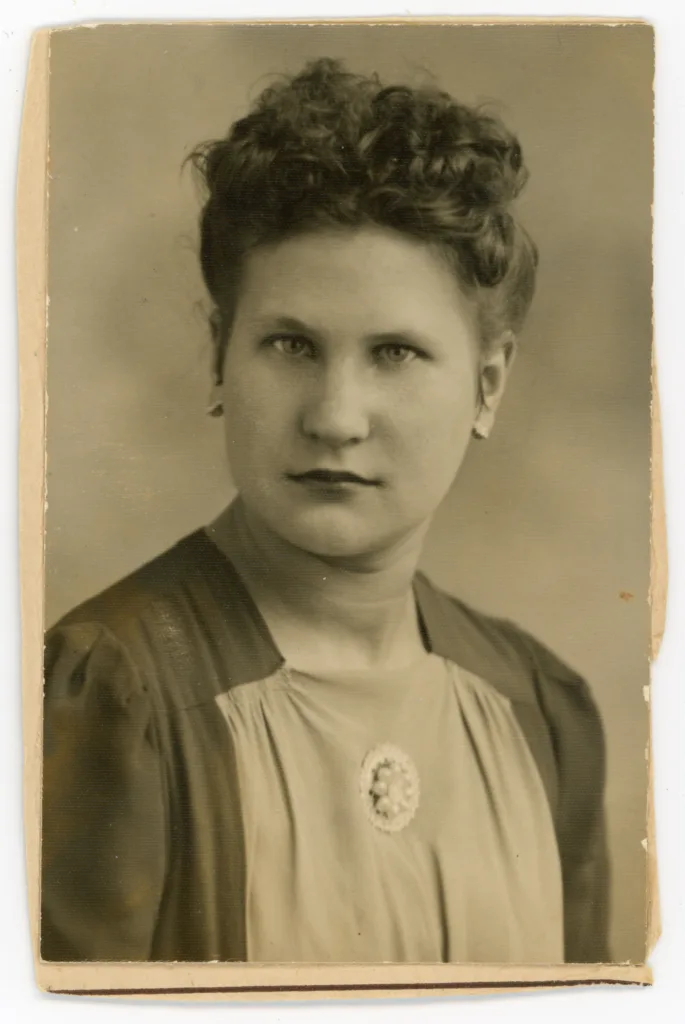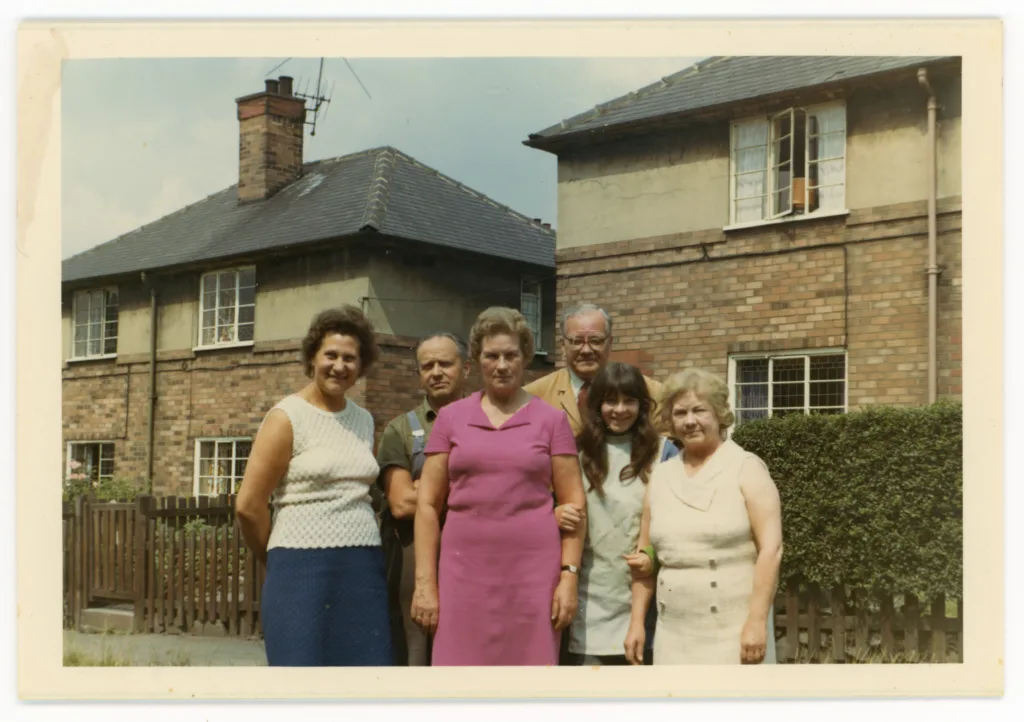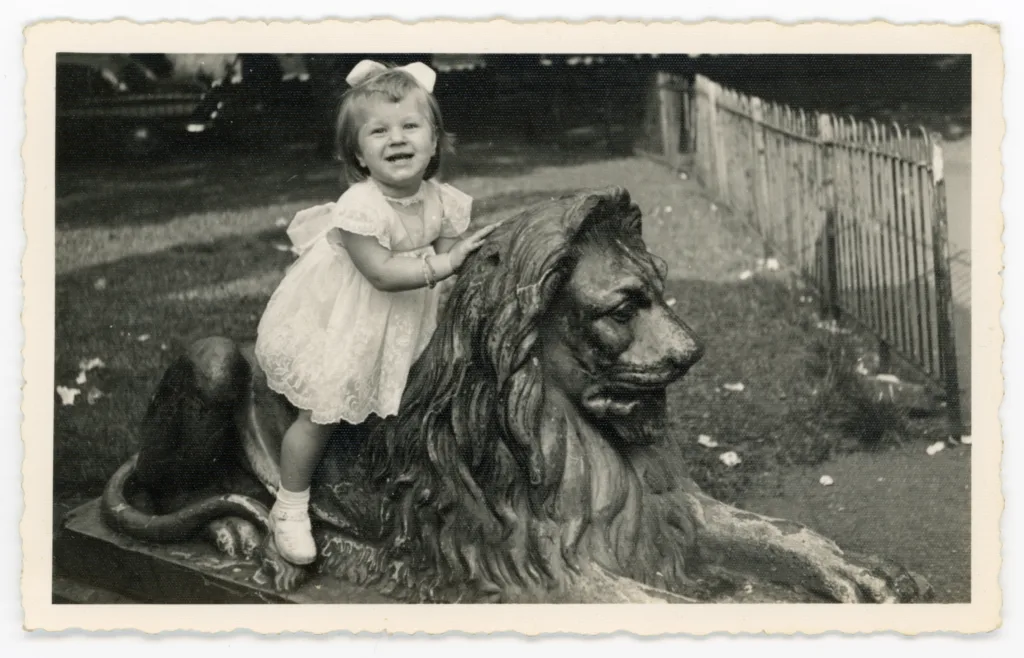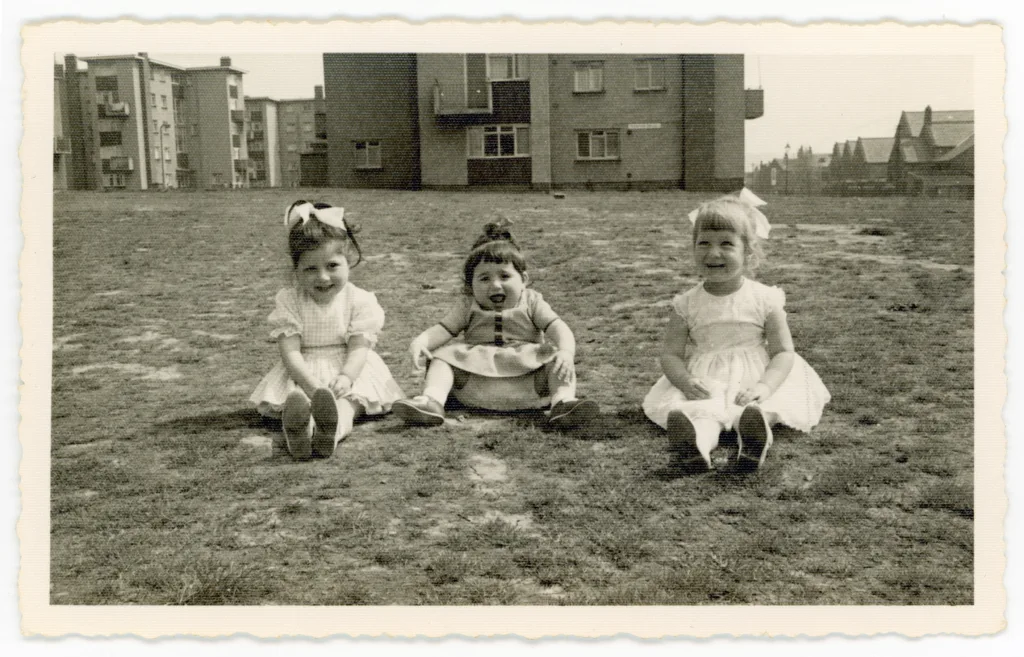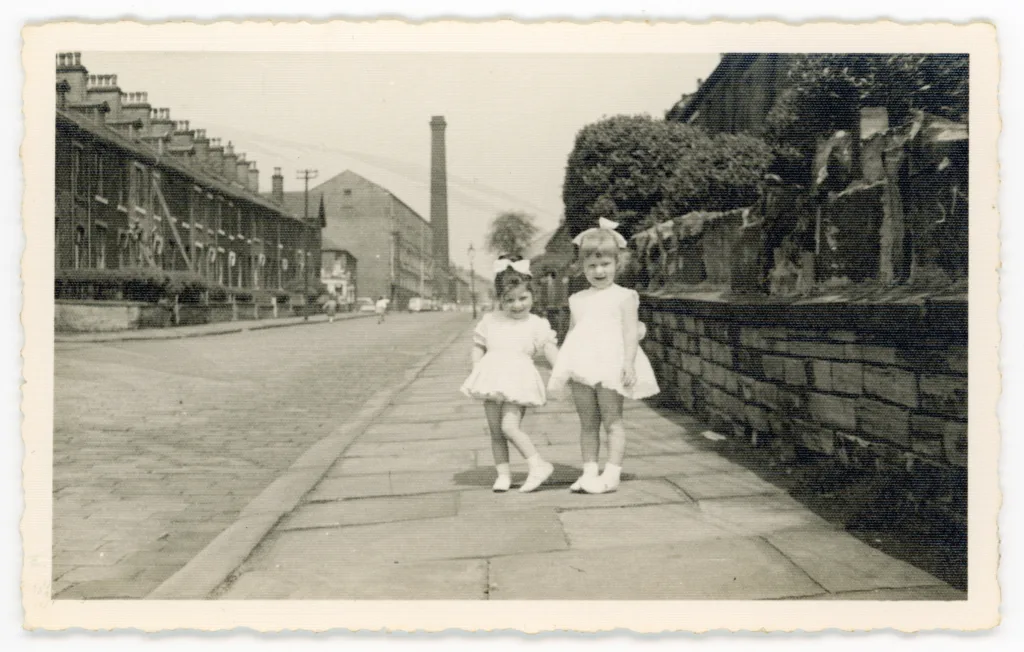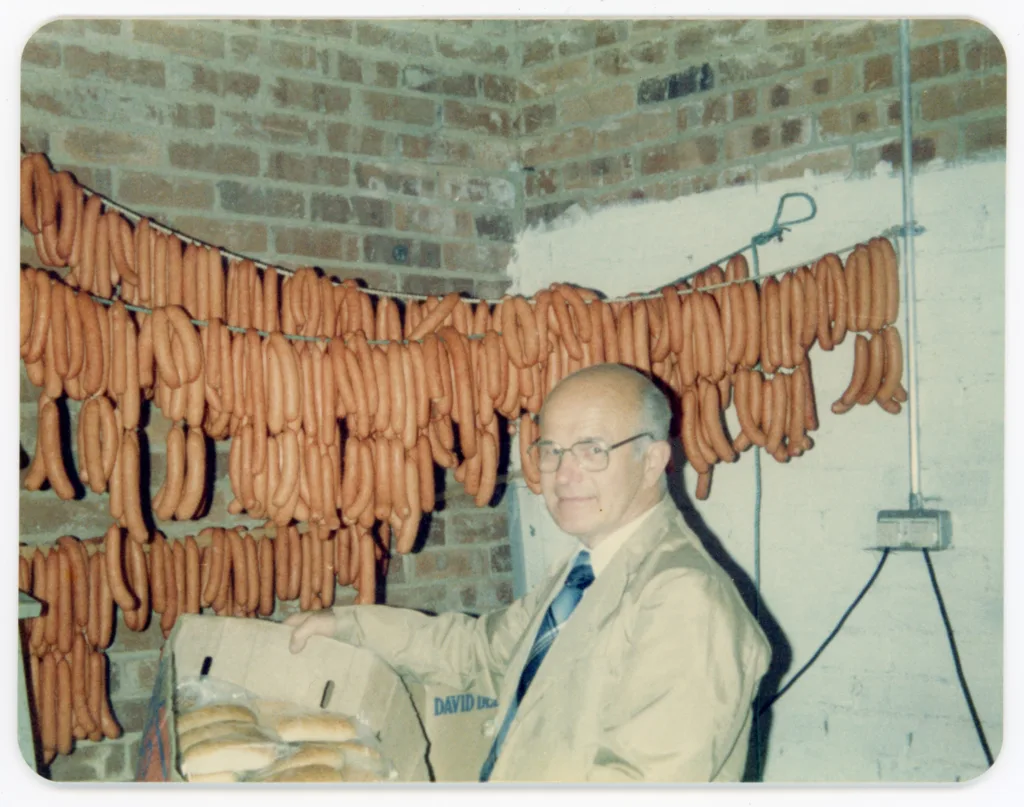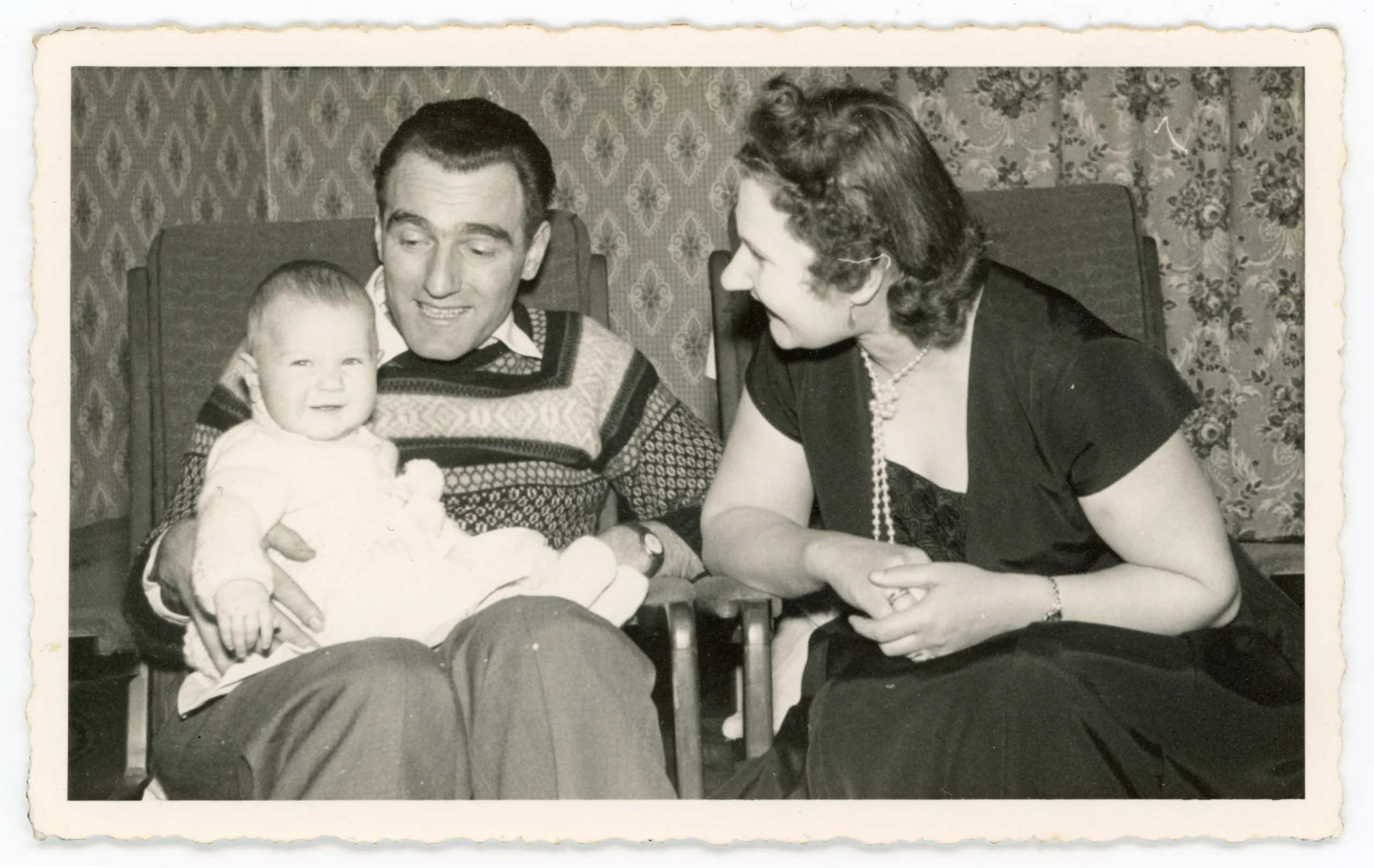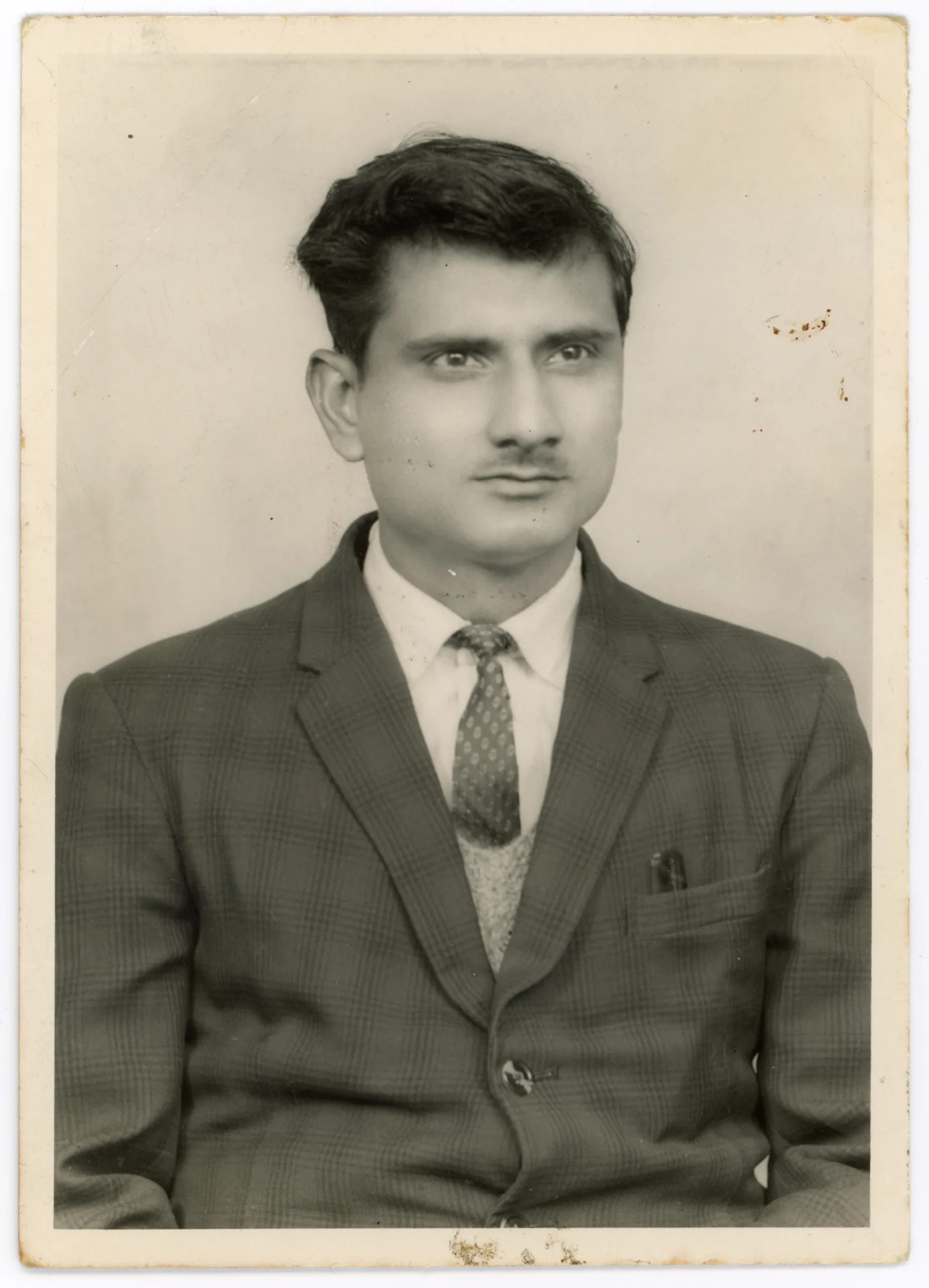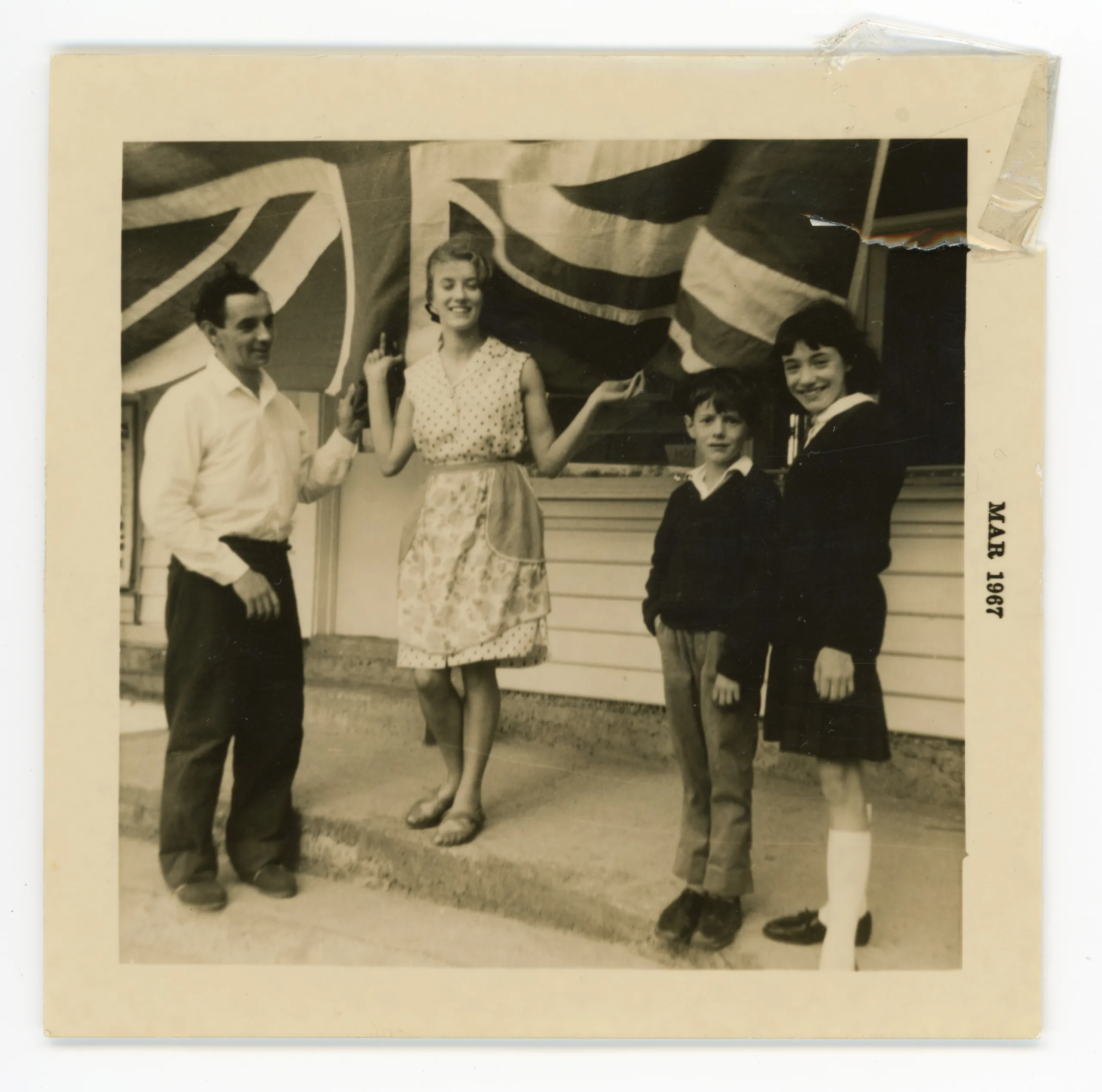Bradford is home to a longstanding Latvian community. Established in the aftermath of World War Two and sustained across generations, the community has transformed a legacy of forced displacement into a vibrant hub of social and cultural life.
Ingrid Dzerins is a Bradford-born second-generation Latvian whose family story transcends borders.
Shaped by migration and cultural pride, the Dzerins family story highlights the role that community plays in creating a lasting sense of belonging.
The Dzerins family history begins in post-war Europe, a period marked by intense geopolitical upheaval across Eastern Europe. In 1946, Ingrid’s grandmother Cecilija Dundurs, mother Rita, and uncle Elmars were among those assigned to Displaced Persons Camps. These temporary holding spaces were for individuals who were unable to return to their country due to conflict and occupation.
For the Dundurs family, a camp in Neustadt, Germany was the last place mother, daughter, and son would all be together
Introduced in 1946, the European Voluntary Workers scheme was a British government initiative designed to address post-war labour shortages. Thousands of displaced people from across Europe were recruited through this scheme. Among them were Rita and Viktors Dzerins, Ingrid’s parents. Viktors was recruited as a labourer, and Rita joined the ranks of women employed in Bradford’s textile mills, which formed the backbone of the city’s industrial economy. The couple married in 1949, settled in a house on Tennyson Place, and began building a life together in Bradford.
Though far from Latvia, Rita and Viktors maintained a strong connection to their homeland.
They adapted to a new life in Bradford while preserving their customs; they filled their home with Latvian language, food, music, and celebrations.
On Midsummer’s Day, they would dress in traditional folk costumes from the Kurzeme region, an expression of cultural pride that brought Latvian tradition to the streets of Bradford.
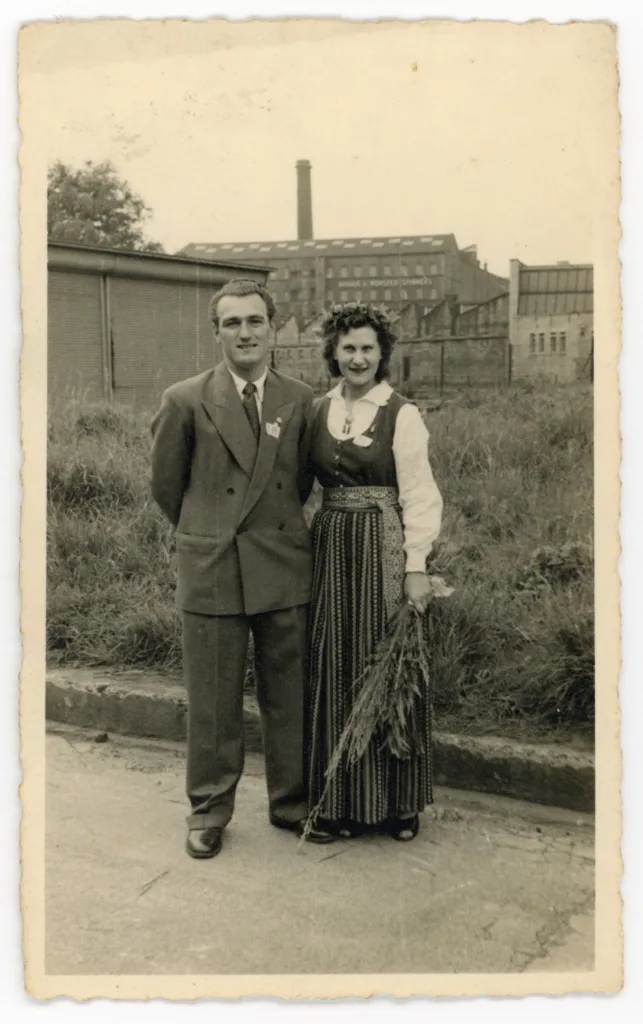
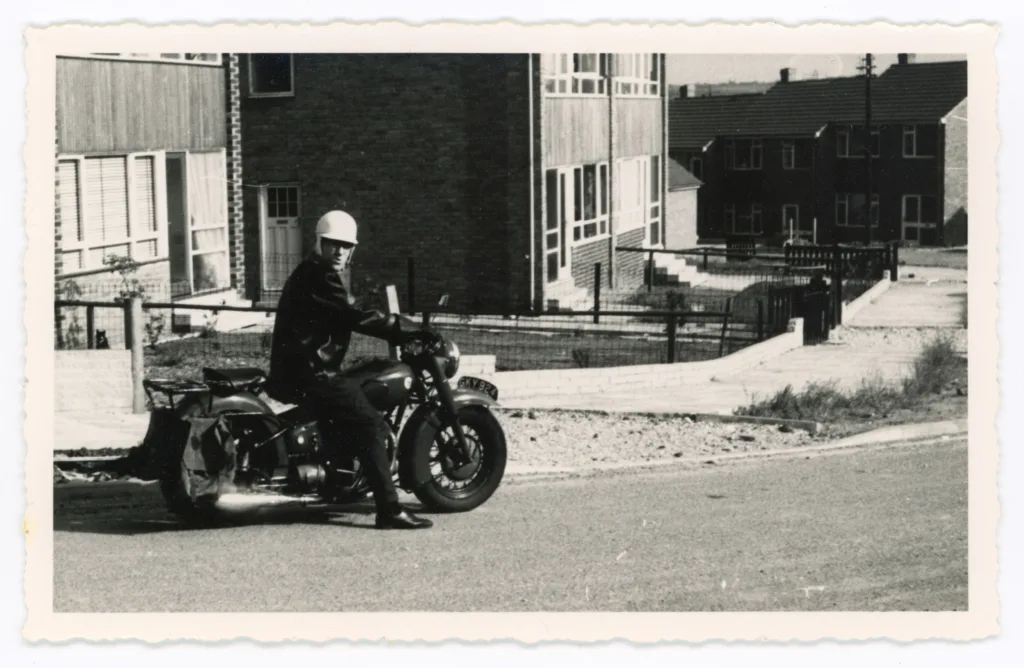
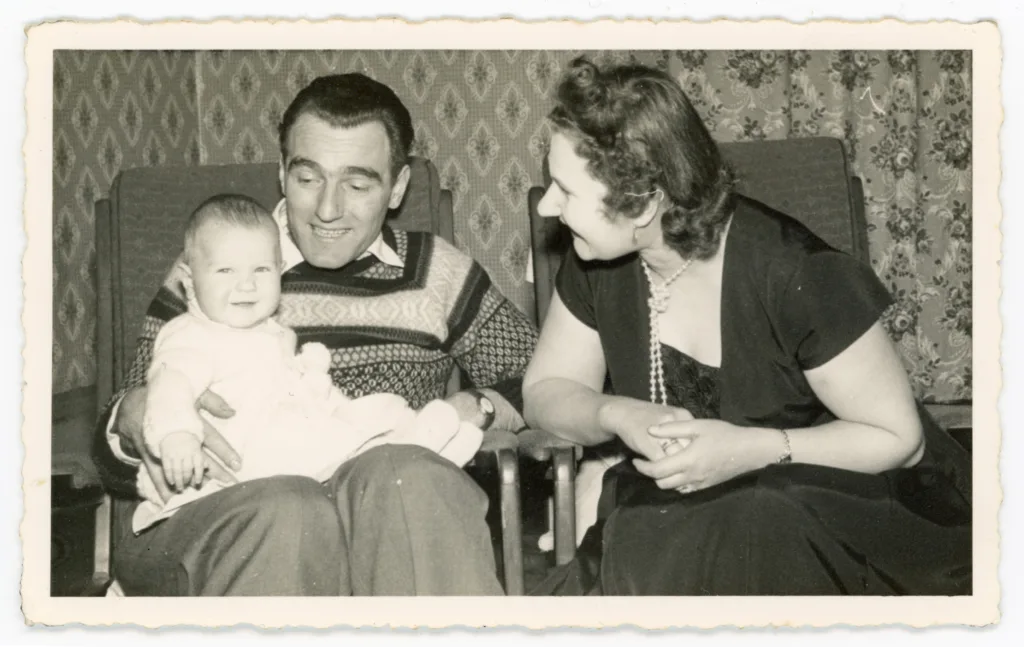
Traditional garments were carefully preserved, becoming a symbolic connection to Latvia for the next generation. Born in Bradford, Ingrid grew up immersed in a household with Latvian traditions embedded in everyday life.
Some of Ingrid’s fondest childhood memories are of the Whitsun celebrations. In Latvia, Whitsun is a Spring celebration centred around renewal. For children, this included the excitement of receiving new clothes. This tradition became a cherished family ritual captured in photographs set against iconic Bradford landmarks. Through these celebrations, Latvian traditions became a part of life in a new city.
The family maintained contact with relatives in Latvia throughout the post-war period. Notably, around 1975, after years of effort, Ingrid’s relative Baiba was granted permission to visit from Soviet Latvia. However, she was only permitted to travel alone, a restriction intended to prevent family members from defecting while abroad.
Baiba’s visit to Bradford was a rare instance of familial reconnection across the Iron Curtain. It was a moment of profound joy and reunion, yet also a reminder of the enduring fractures caused by displacement.
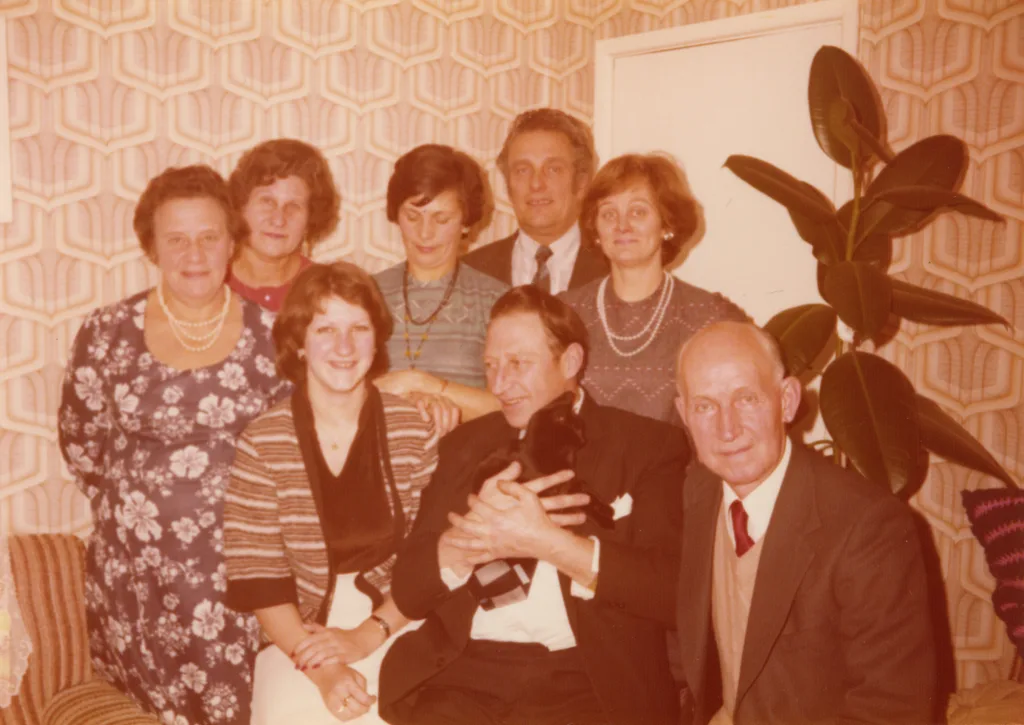
As the Latvian community in Bradford grew, so did the need for a shared space. In 1955, the Bradford Latvian Club was founded, becoming the first space of its kind in the UK outside of London. It quickly became a vital hub for Latvian life in the city, hosting holiday celebrations, traditional dance practices, and social gatherings. The club provided Latvians in Bradford with a much-needed space for connection.
Collective participation was central to the community and enabled the club to thrive. Everyone contributed, whether by organising events or stepping in behind the bar. Even informal practices, such as the smoking of sausages using traditional Latvian methods in local garages, served as everyday acts of cultural preservation that brought people together and kept customs alive.
These values were passed down to Ingrid’s children, Natalie, Josie and Leah, who were raised within the same environment. Attending the Latvian Club and annual summer camps in Lutterworth provided culturally immersive experiences. For third-generation Latvians, these were formative spaces where children could connect with their heritage and each other.
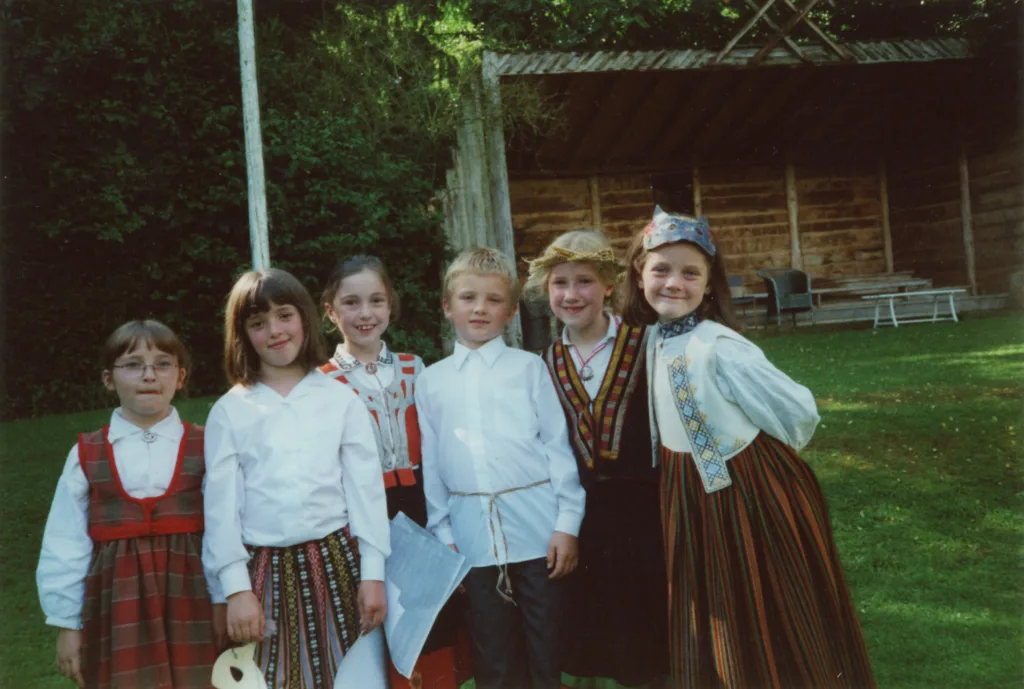
Today, Ingrid’s daughters are involved in leading those same camps, teaching what they once learned. In doing so, they are inspiring the next generation to embrace their culture with pride and honouring their grandmother’s legacy.
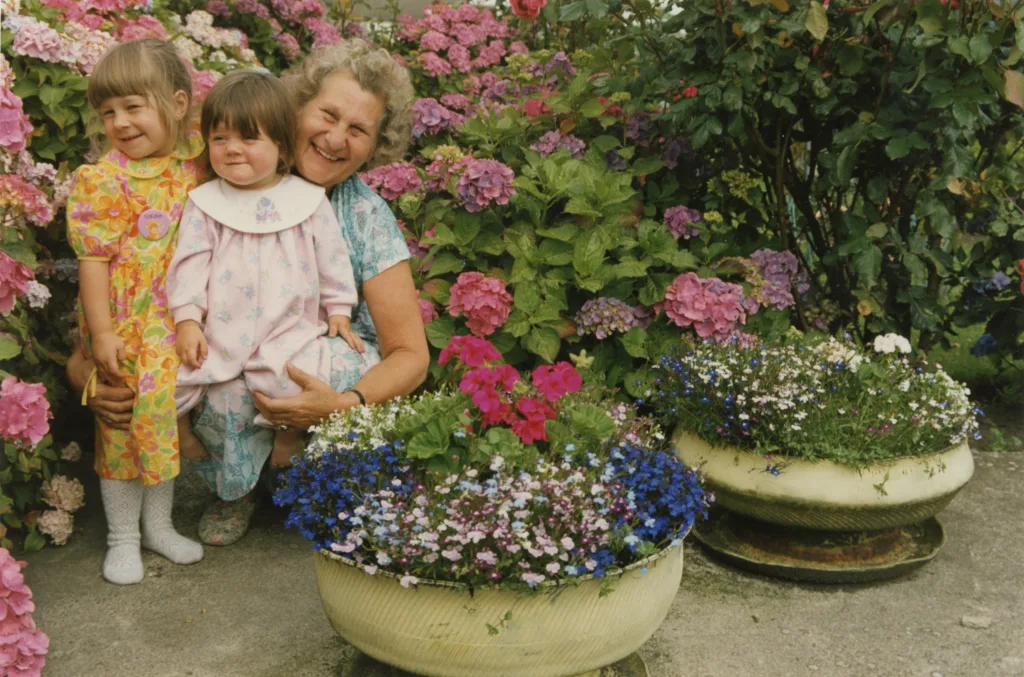
The story of the Dzerins family is just one of many, but it captures the spirit of an entire community. Through perseverance in the face of hardship, Bradford’s Latvian community has built a lasting cultural presence rooted in shared traditions and collective celebration. Ingrid’s story is a testament to the powerful and enduring ways communities come together to shape, and reshape, the meaning of home.

